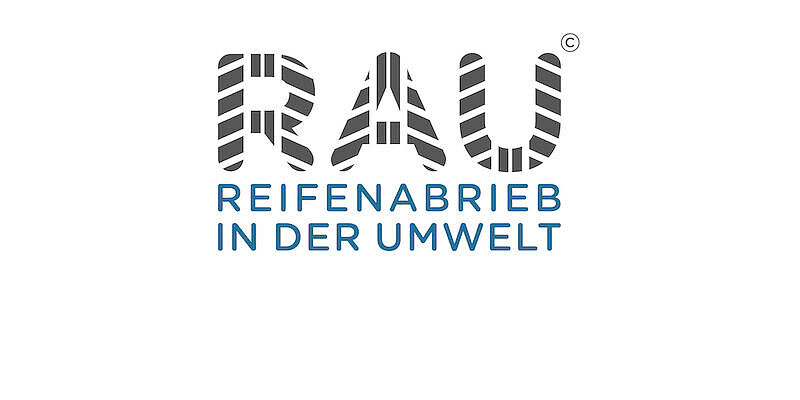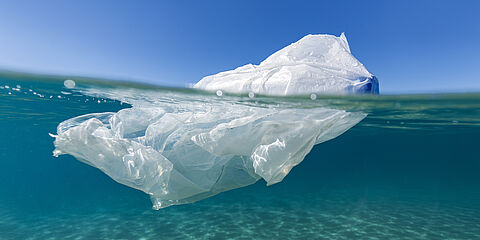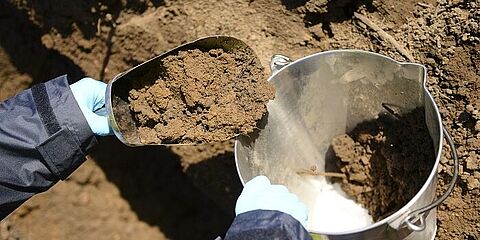WESSLING researches microplastics
WESSLING analyzes microplastics in various research projects. The EU research project "MikroPlastiCarrier" and the project "Tyre Abrasion in the Environment", funded by the BMBF, should be emphasized here.

EU research project MikroPlastiCarrier: the impact of microplastics on people & environment

In the “MikroPlastiCarrier” research project funded by the European Fund for Regional Development (ERDF), WESSLING is investigating the impact of microplastics on people and the environment.
We coordinated this joint project in collaboration with three other project partners: the Biomedical Technology Centre (BMTZ) of the University of Munster, Quantum Analysis GmbH and Tascon GmbH. The high-level expertise of the four project partners was decisive in granting funding. The project partners were working together to develop faster and easier analytical methods for the tiny particles. Moreover, important findings on the danger to living organisms of microplastics and harmful substances on their surface were investigated.
Microplastics – a research challenge
Identifying microplastic particles up to a size of five millimetres is very laborious and time-consuming. This also means that the impact of microplastics on living organisms has not yet been adequately studied. The consumption of contaminated animals, plants or drinking water could pose a risk to human health. There is therefore an important and urgent need for research into the identification of microplastic particles in the environment and into the sources and the potential risk.
WESSLING analysis and expertise on all aspects of microplastics
At WESSLING, we supported the research project primarily through our expertise in collecting, preparing and delivering samples. In addition, we worked closely with the Biomedical Technology Centre (BMTZ) of the Westphalian Wilhelms University of Munster Medical Faculty on the eco- and human-toxicological evaluation of the effects of microplastic particles on aquatic organisms and humans. As project coordinator we ensured that the individual work packages run smoothly and supported the flow of information between the project partners to maintain the progress of the project.
Development of innovative analytical methods for the identification of microplastics in our waters
Together with its project partners, WESSLING was pursuing the goal of a more reliable identification of microplastics up 250 microns in size in liquids, such as waste water, surface waters, drinking water and process water. We were developing new analytical methods for this purpose by combining optical spectroscopy and flow cytometry (FCM) methods. Combined with innovative microfluidics and laser technology, this results in saving a considereable amount of time in comparison with the time-consuming and laborious filtration techniques used until now.
The project also allowed us to find out more about if and how harmful substances adhere to the small plastic particles. The findings could lead to useful conclusions about the potential toxic effects of microplastics on the ecological system and on human health.
Key data:
Project period:
11/2016 – 11/2019
Project partners:
WESSLING GmbH (project coordinator)
Further information for downloading
Sponsored by:

Research project: Tyre Wear in the Environment (RAU)
Tyre wear is increasing in Germany. What actually is tyre wear, and what happens with this tyre wear in our environment? Are there consequences for fine dust pollution in cities? The BMBF was funding eighteen multi-year research and development projects and an accompanying scientific project in the fields of green economy, consumption, recycling, limnic systems, seas and oceans concerning the issue of tyre abrasion in the environment. With our participation, we were consistently pursuing the goal of improving "quality of life", i.e. the quality and safety of products as well as environmental and health protection, which is also set out in our corporate mission statement.
Together with other partners, WESSLING determined how microparticles from tires enter the environment in the research project "Tire Abrasion in the Environment" (RAU). The joint project is part of the "Plastik in der Umwelt" ("plastic in the environment") research measure initiated by the Federal Ministry of Education and Research (BMBF), and was set to run for three years.

The challenge – how much tyre wear is entering the environment?
In terms of protecting our water, environmental pollution caused by plastic is one of our biggest global challenges. This is particularly true of microplastics: the minute particles are barely visible and enter our food chain via water. Vehicle tyre wear is a source of microplastics that is not to be underestimated: globally, there are around 1.3 billion motor vehicles whose tyre wear enters our rivers and oceans via precipitation.
As yet, little is known about the quantities of tire wear that enter our environment and the effects that microplastics have on man and animals. This is precisely where the joint "Tyre Wear in the Environment" project comes into play. Together, the partners intended to analyse how these tyre particles enter the environment. The challenge in this case is to determine the content of tyre wear from an environmental sample in terms of both quality and quantity.
Our contribution – WESSLING analysis and expertise
We will be bringing our expertise in the development, implementation and evaluation of chemical and physical analysis concepts for microplastics to the joint project. Specifically, this means that the WESSLING experts will initially be developing procedures for separating the tyre wear from accompanying substances from the environment (such as plant material or fine sediment). They will develop standardised methods for processing aqueous samples such as road run-off, solid samples such as road sweepings and airborne particles. In a subsequent step, we will develop analysis methods for examining various key parameters using different analysis techniques. This will enable us to obtain new findings regarding the scope of tyre wear on the roads and to determine the substance groups in its composition.
Our goal: reducing microparticles in our environment
This project is intended to establish an action basis for reducing the influence of tyre wear on the environment in the future. For instance, road sweeping companies or planners can derive suitable measures based on an evaluation matrix. The results can also be incorporated in national and European regulations.

Key data:
Project period: 08/2017 – 07/2020
Project partners:
Associated partners:




